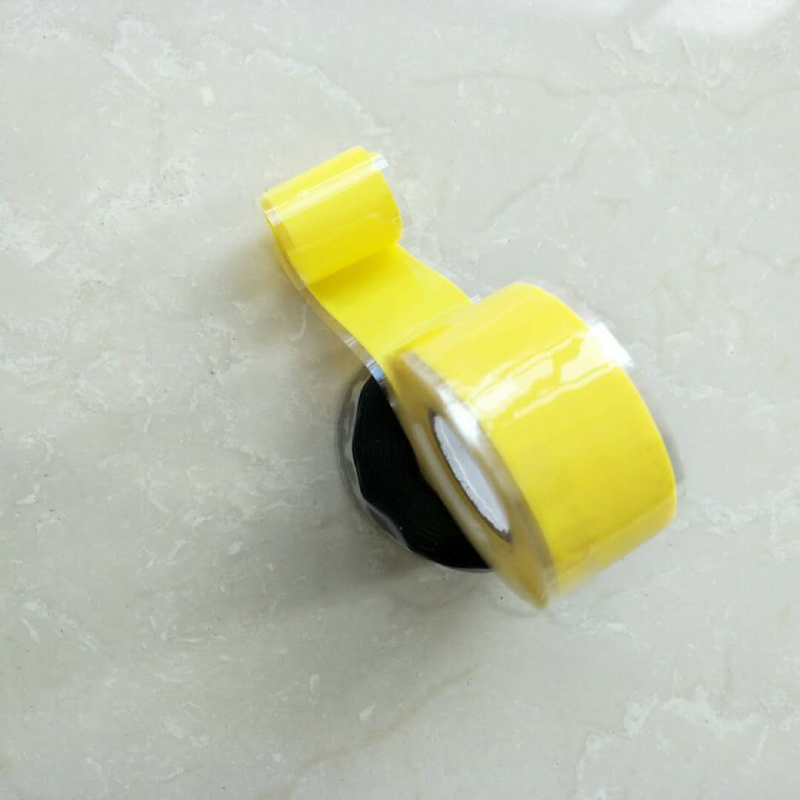The Importance of Fiberglass Tape for Electrical Insulation
In an era where electrical systems play a crucial role in our daily lives, ensuring safety and efficiency in electrical applications is paramount. Among the various materials available for electrical insulation, fiberglass tape has emerged as a preferred choice for many industries. This article explores the features, benefits, and applications of fiberglass tape for electrical insulation.
What is Fiberglass Tape?
Fiberglass tape is a versatile material made from non-conductive glass fibers woven together to create a strong, durable, and heat-resistant tape. Unlike traditional insulating materials, fiberglass tape is resistant to high temperatures and offers excellent electrical insulation properties. It is often coated with other materials, such as silicone or vinyl, to enhance its insulating capabilities further and provide additional durability.
Key Properties of Fiberglass Tape
1. High Temperature Resistance One of the most notable features of fiberglass tape is its ability to withstand extreme temperatures. It typically operates efficiently at temperatures ranging from -40°C to 200°C (-40°F to 392°F), making it suitable for various electrical applications in demanding environments.
2. Electrical Insulation With very low electrical conductivity, fiberglass tape effectively insulates electrical components, preventing short circuits and electrical failures. It is particularly useful in applications involving high voltage and current.
3. Chemical Resistance Fiberglass tape is resistant to many chemicals, solvents, and oils. This property makes it an ideal choice for electrical insulation in environments where exposure to corrosive substances is likely.
4. Strength and Durability The high tensile strength of fiberglass tape ensures that it can withstand mechanical stress without breaking or deteriorating, making it a reliable choice for various applications.
5. Flexibility and Ease of Use Fiberglass tape is easy to handle and can be cut to size, allowing for its application in various shapes and surfaces. This flexibility makes it suitable for complex electrical installations.
fiberglass tape for electrical insulation

Applications of Fiberglass Tape in Electrical Insulation
1. Wire and Cable Insulation Fiberglass tape is often used to insulate wires and cables to prevent electrical shorts and enhance the safety of electrical systems. It provides a protective layer that guards against moisture and abrasion, thus prolonging the lifespan of cables.
2. Transformer Insulation In transformers, fiberglass tape is commonly used in winding insulation due to its high thermal resistance. It ensures that the electrical components operate efficiently and helps in maintaining consistent performance.
3. Electrical Connections Fiberglass tape can reinforce electrical connections, providing additional support and protection against environmental factors. This application is crucial in ensuring the reliability of connections in various conditions.
4. High-Voltage Applications Due to its excellent insulating properties and heat resistance, fiberglass tape is used extensively in high-voltage applications, including transmission lines and power generation equipment.
5. Motors and Generators In electric motors and generators, fiberglass tape can be used to insulate windings and protect them from damage caused by heat and electrical stress.
Conclusion
Fiberglass tape for electrical insulation is a vital component in ensuring the efficiency and safety of electrical systems. Its superior temperature resistance, electrical insulation properties, and durability make it a preferred choice for various applications. As industries continue to evolve, the demand for reliable and effective insulating materials will only grow, solidifying fiberglass tape's place at the forefront of electrical insulation solutions.
In summary, understanding the properties and applications of fiberglass tape is essential for engineers, electricians, and manufacturers. By choosing the right insulation materials, they can enhance the performance and longevity of electrical components, ultimately ensuring a safer and more efficient electrical infrastructure.
-
XIANGFAN Rubber Tape-Ultimate Solutions for All Your Insulation NeedsNewsJun.24,2025
-
XIANGFAN Rubber Tape-Protection for Industrial and Residential ApplicationsNewsJun.24,2025
-
XIANGFAN Rubber Tape: Superior Safety and Sealing for Demanding EnvironmentsNewsJun.24,2025
-
XIANGFAN Rubber Tape: Reliable Solutions for Every Electrical ChallengeNewsJun.24,2025
-
XIANGFAN Electrical & Industrial Tape: Powering Reliability Across IndustriesNewsJun.24,2025
-
XIANGFAN Electrical & Industrial Tape: Excellence in Every ApplicationNewsJun.24,2025
